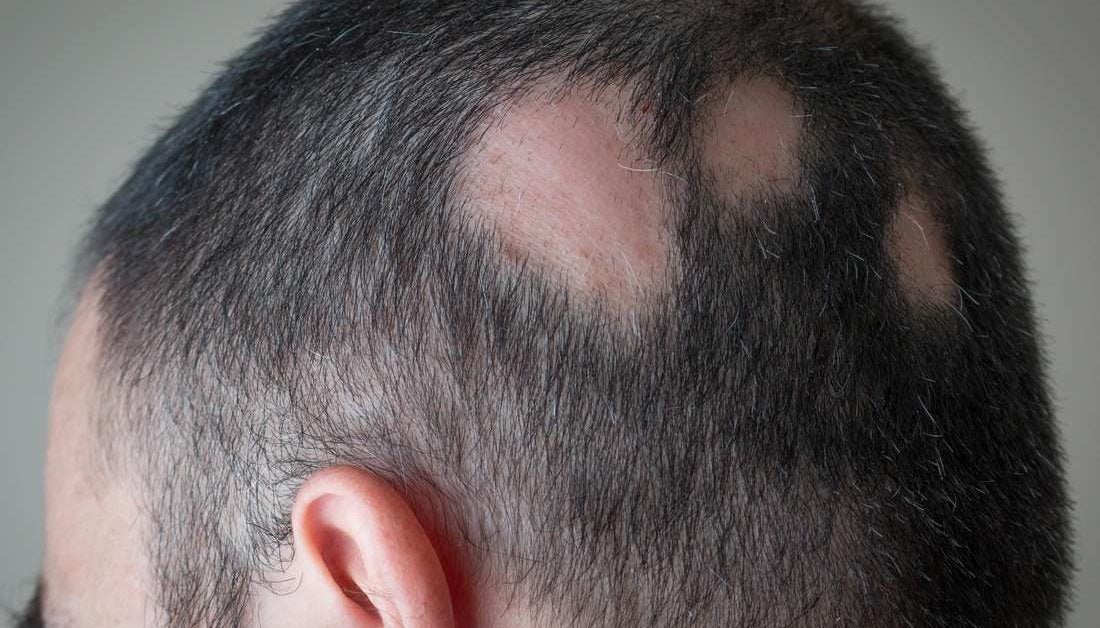"Halting the March of Alopecia Areata: Your Action Plan"
Learn effective strategies to prevent the spread of Alopecia Areata. Find out from specialists how to manage and treat this hair loss condition.

Alopecia areata is a condition characterized by hair loss in small, round patches on the scalp or other parts of the body. It is an autoimmune disorder that results from the immune system mistakenly attacking healthy hair follicles. This condition can affect anyone, regardless of age and gender. Although alopecia areata is not typically associated with physical illness or discomfort, it can cause significant emotional distress and cosmetic issues.
Understanding that alopecia areata is an autoimmune disorder is key to managing its progression. Essentially, your immune system is incorrectly identifying your hair follicles as foreign and launching an attack. Therefore, managing your overall health and immune function can be a vital step in controlling the spread of this condition. A balanced diet rich in vitamins, minerals, and antioxidants can help strengthen your immune system, potentially reducing the frequency and severity of your alopecia areata flare-ups.
Stress is also known to trigger alopecia areata. It is crucial to identify and manage stressors in your life. Regular exercise, meditation, yoga, or other stress-management techniques can be effective tools to curb the impact of stress on your body and potentially slow the progress of your hair loss. It's important to remember that everyone's body responds differently, so what works for one person might not work for another. Finding a routine that suits your lifestyle and makes you feel good is most important.
While there is currently no known cure for alopecia areata, several treatment options can help manage symptoms and even promote hair regrowth. These can include topical treatments such as corticosteroids, anthralin cream, minoxidil (Rogaine), or diphencyprone (DPCP) which stimulate hair growth by causing an allergic reaction. Intralesional corticosteroid injections are another commonly used treatment, where a health care provider injects steroids directly into the bald patches to stimulate hair growth. Laser therapy is another option that uses light energy to stimulate hair growth.
For some individuals, the use of wigs or hairpieces can be an effective way to manage the cosmetic impact of alopecia areata. Today, there are many high-quality options available that can provide a natural, comfortable solution. Meanwhile, others may choose to embrace their hair loss, finding empowerment in their unique look and using their experience to raise awareness about the condition. Ultimately, how you choose to manage alopecia areata is deeply personal and dependent on what makes you feel most confident and comfortable.
It's important to remember that everyone's journey with alopecia areata is unique. Therefore, it is crucial to consult with a healthcare provider or dermatologist to develop a tailored treatment plan. Managing alopecia areata can be challenging, but with the right resources and support, it is entirely possible to live a full, healthy, and happy life with this condition.



